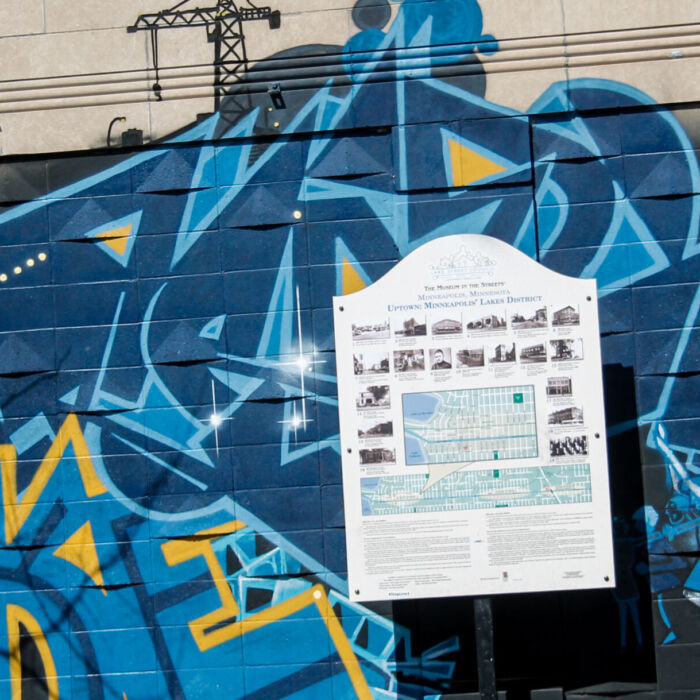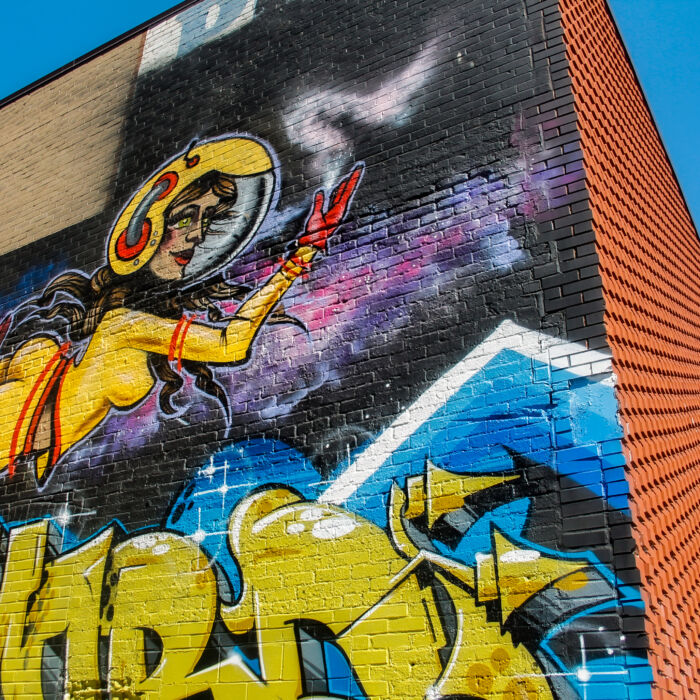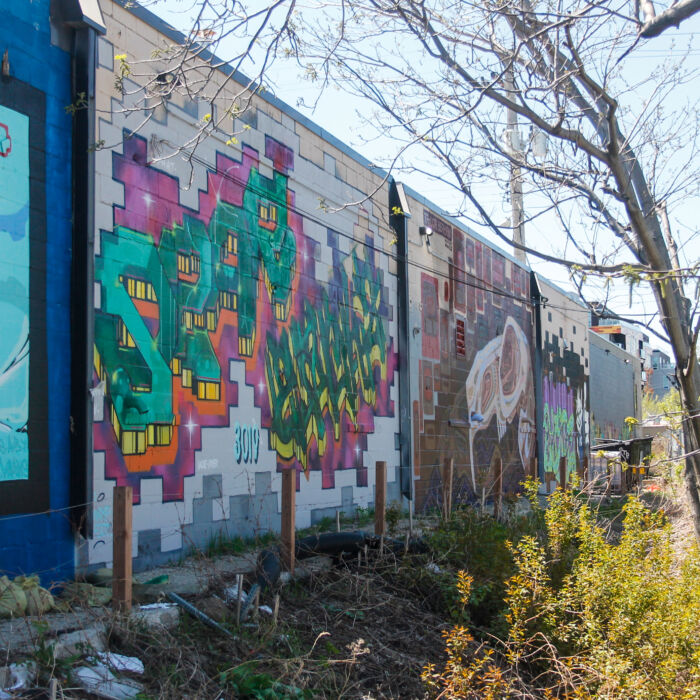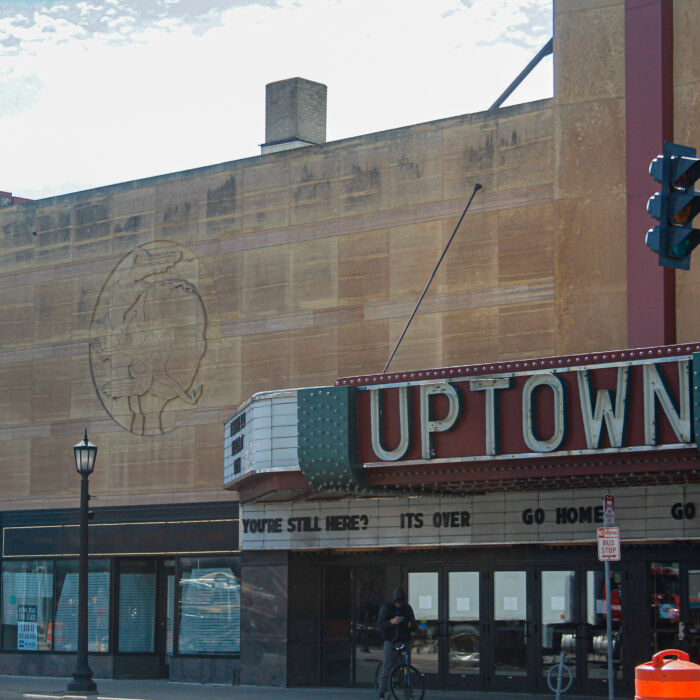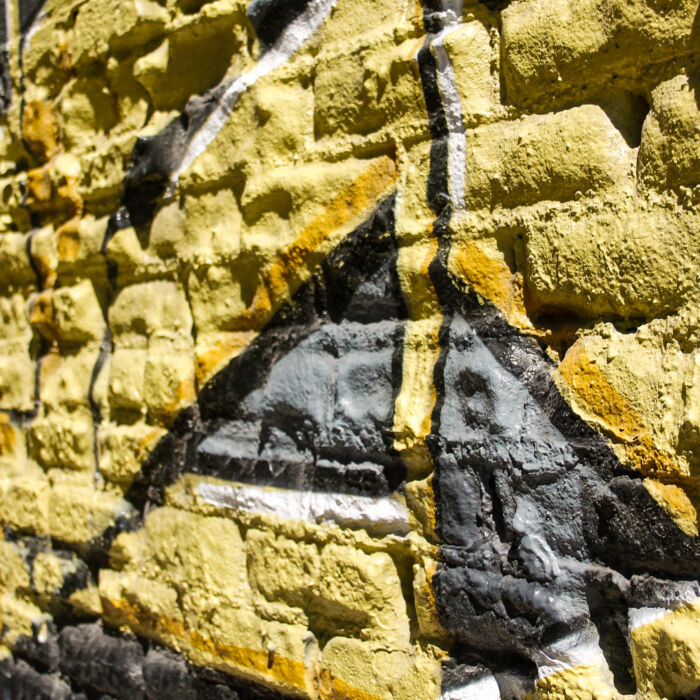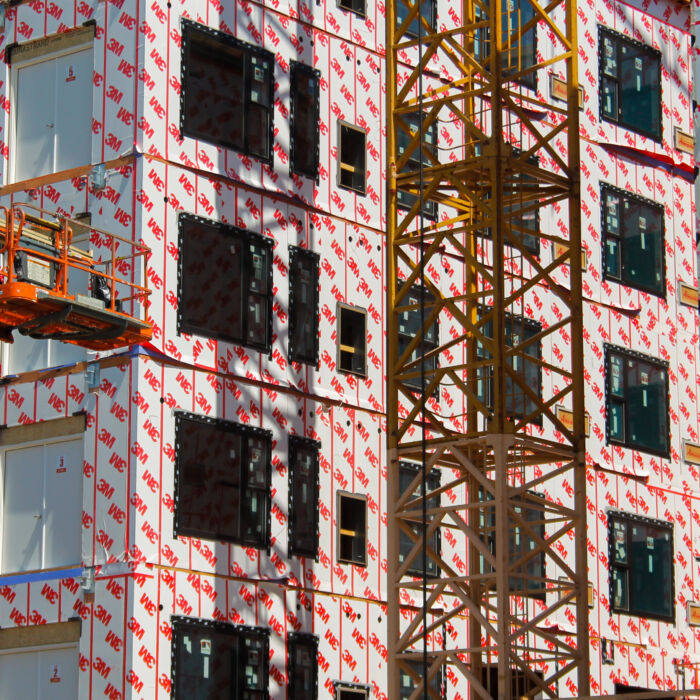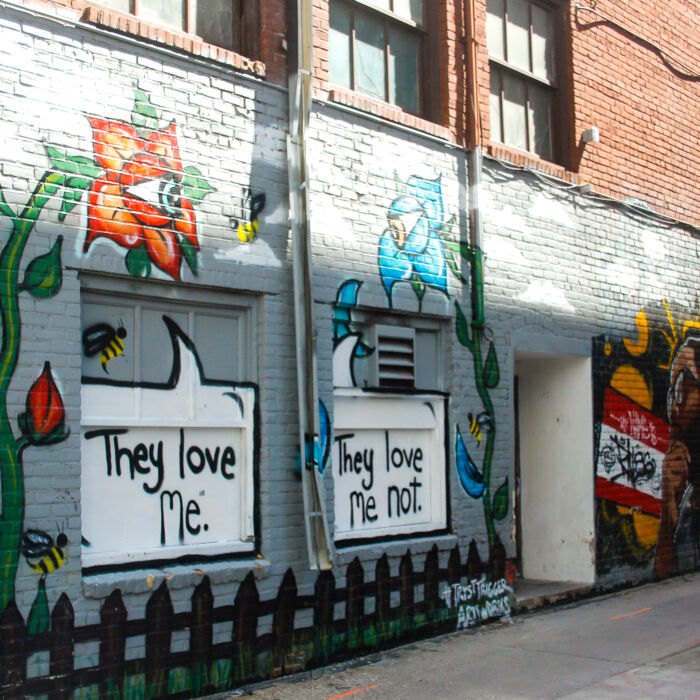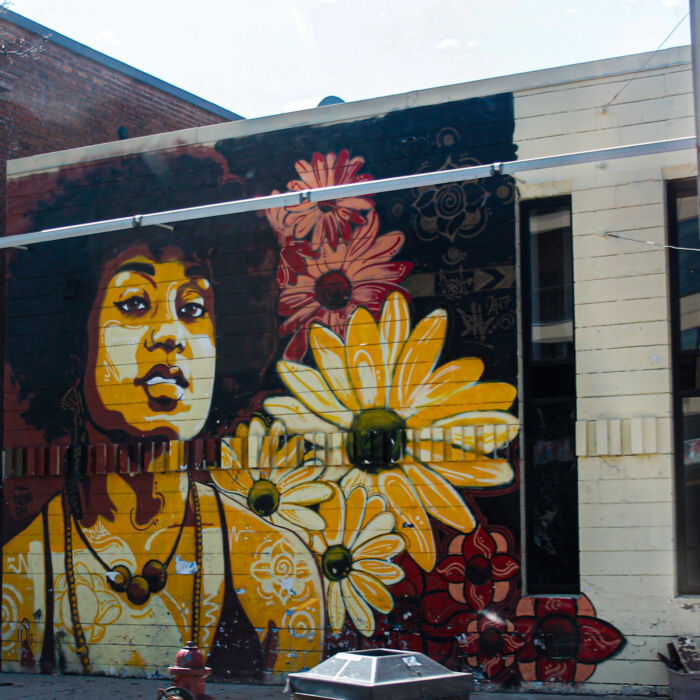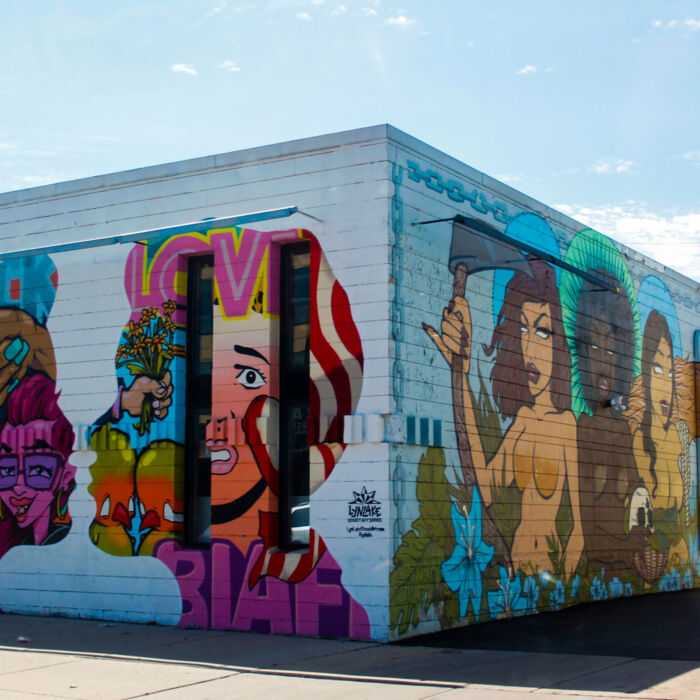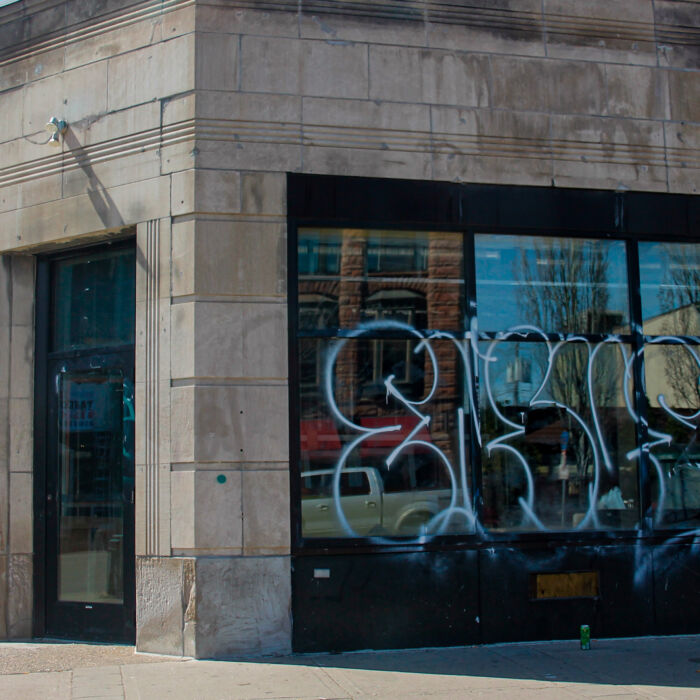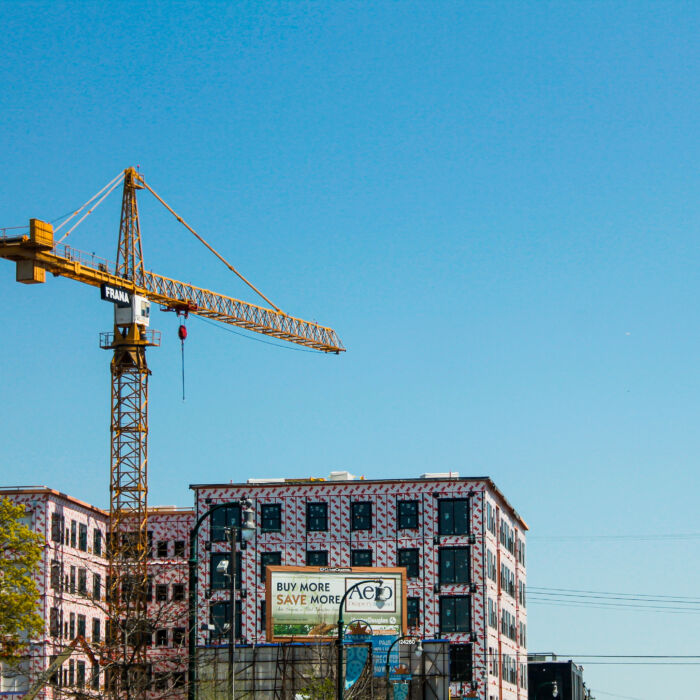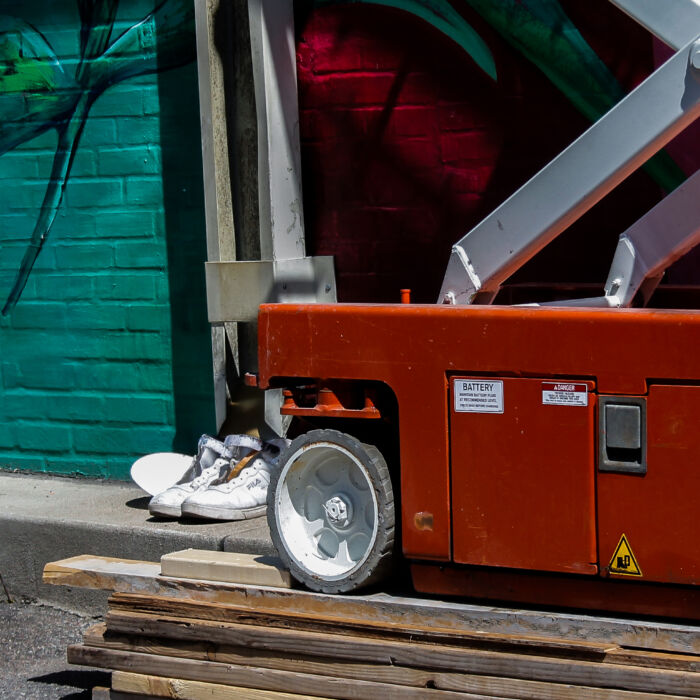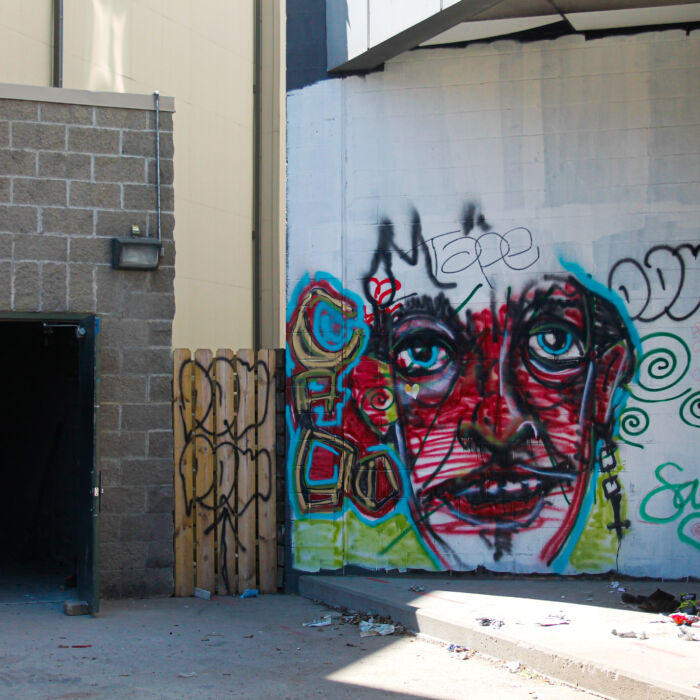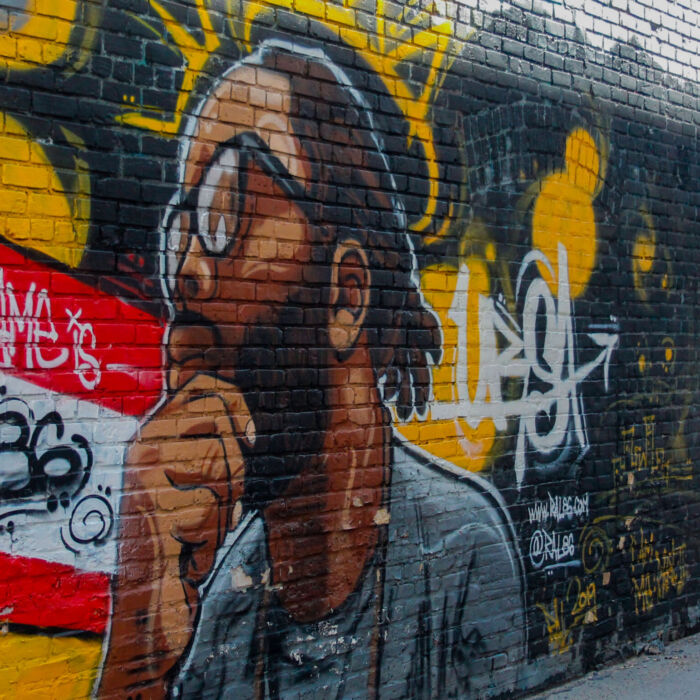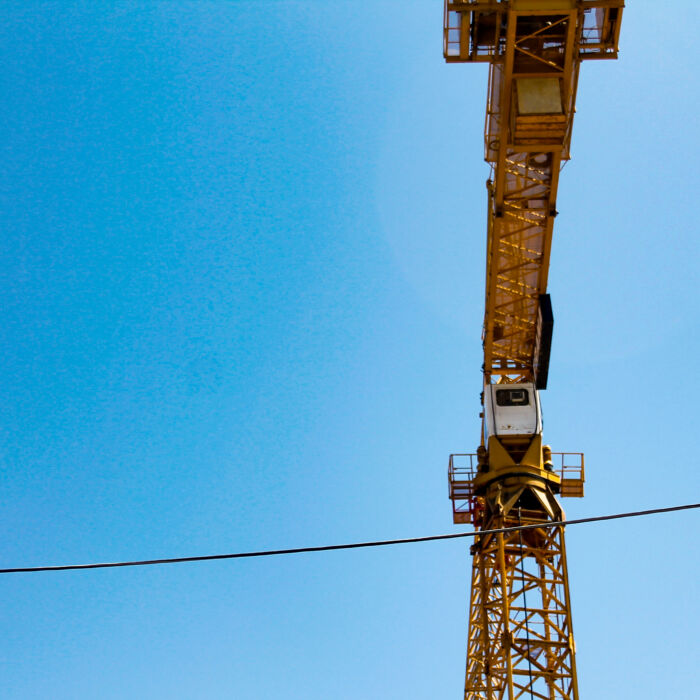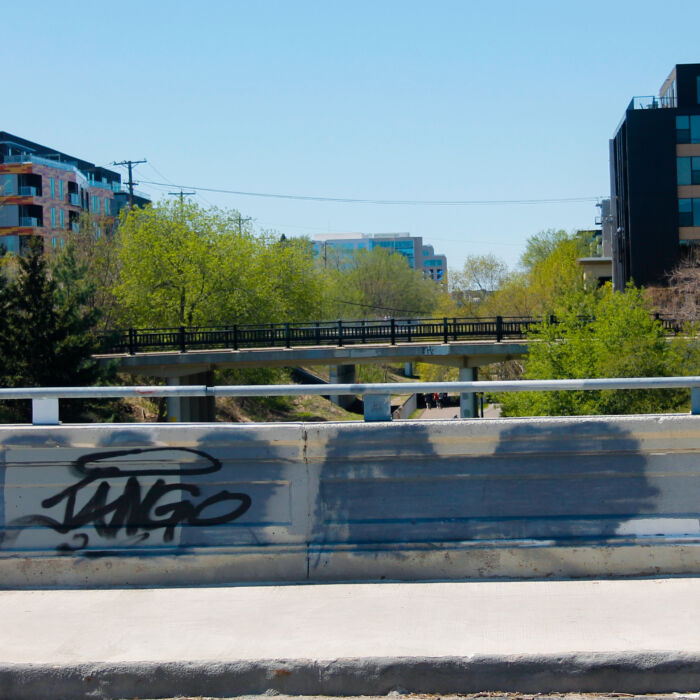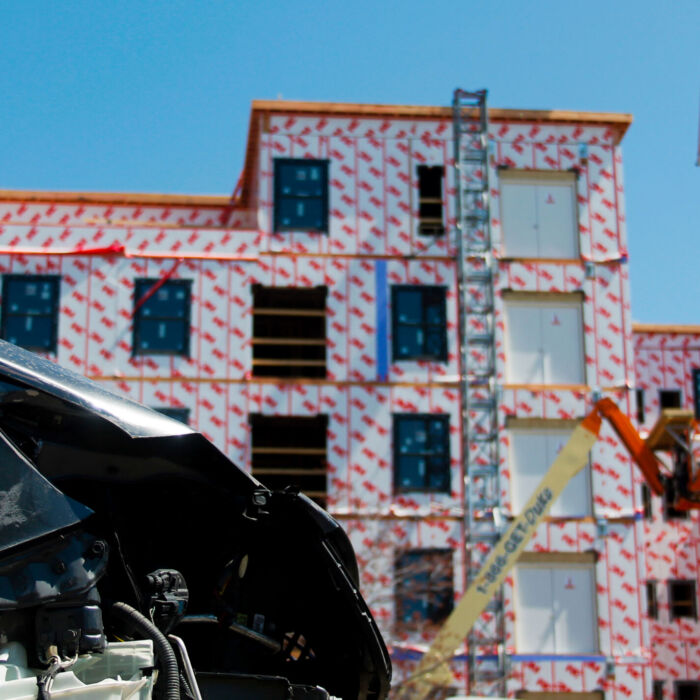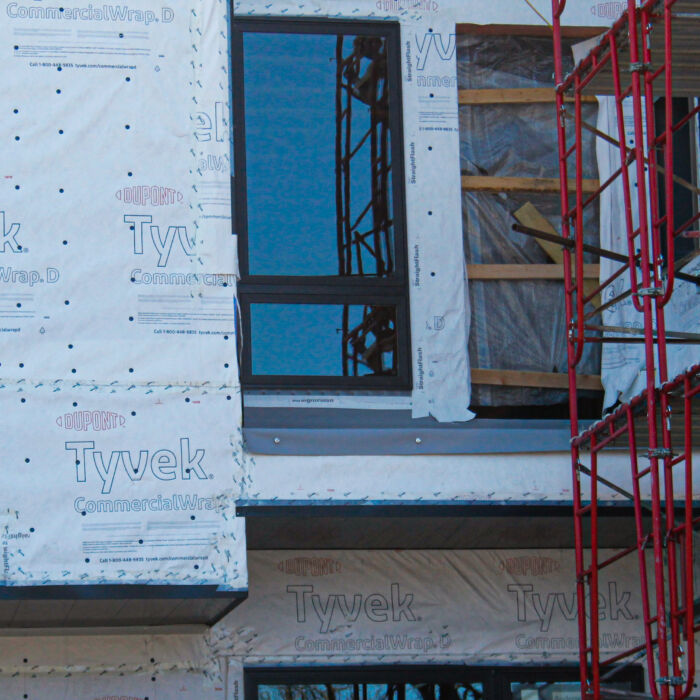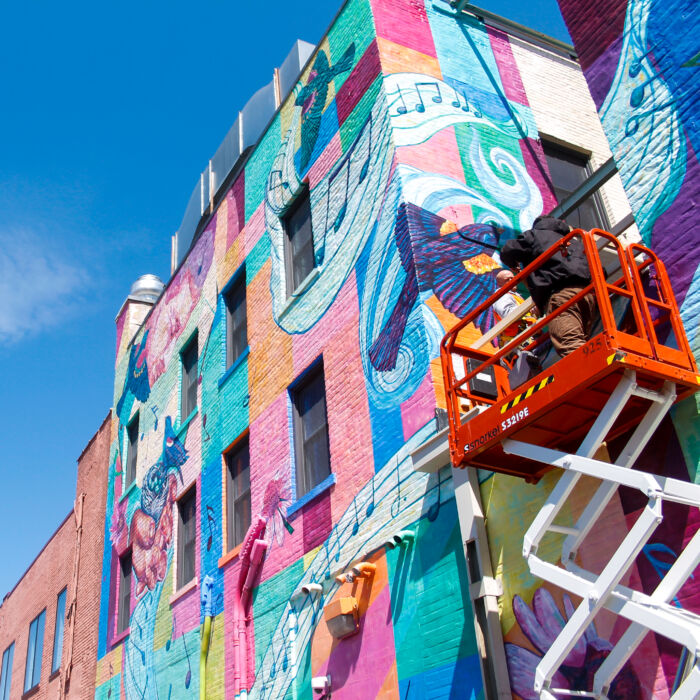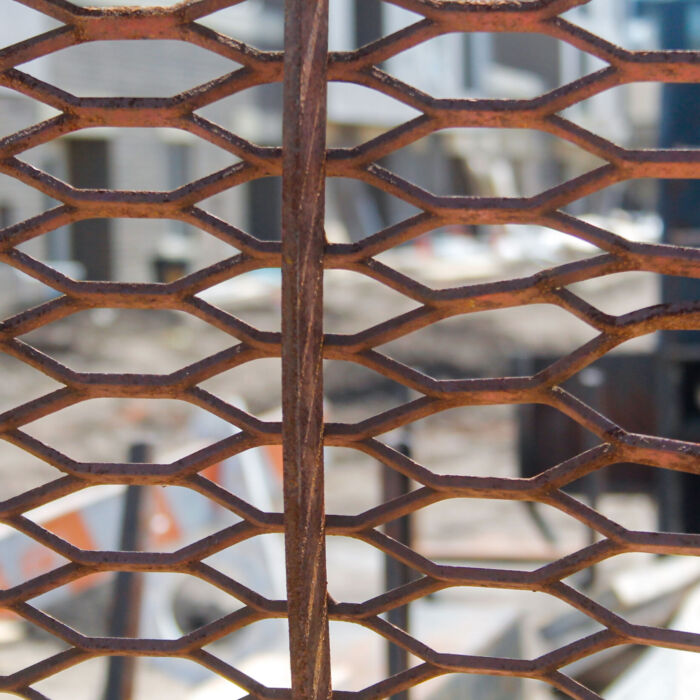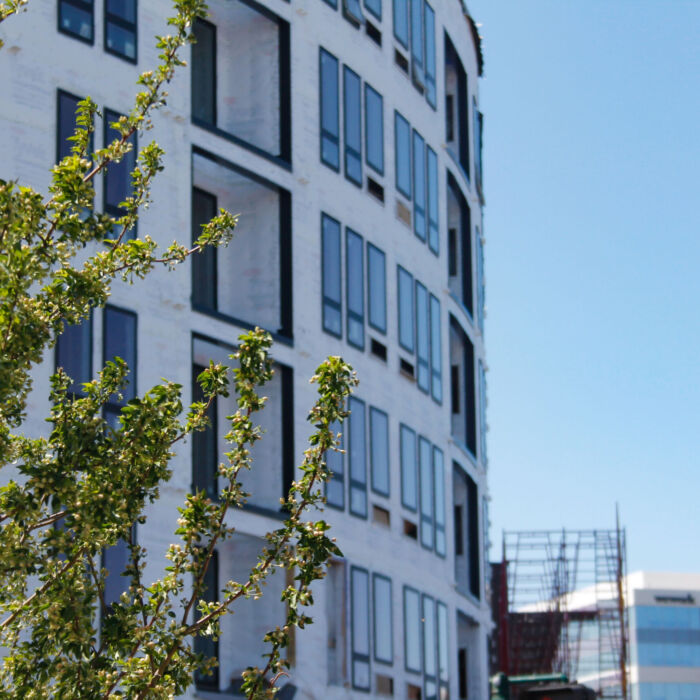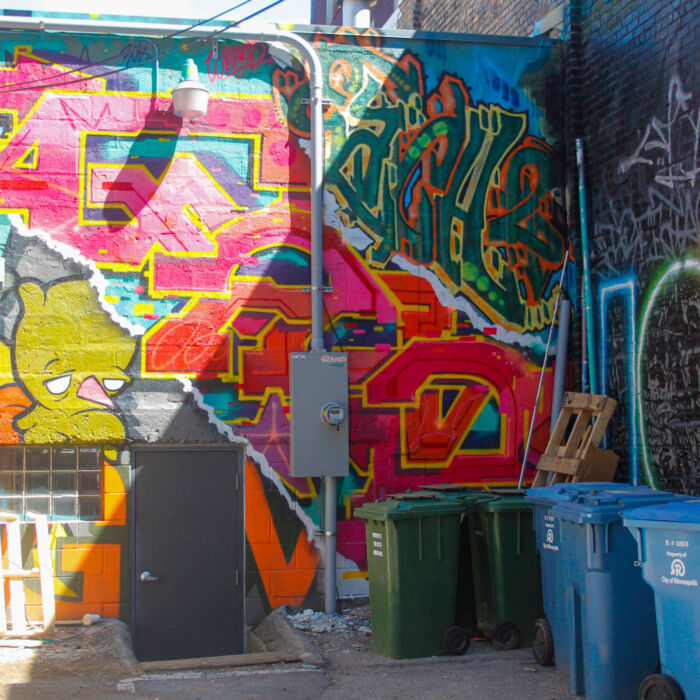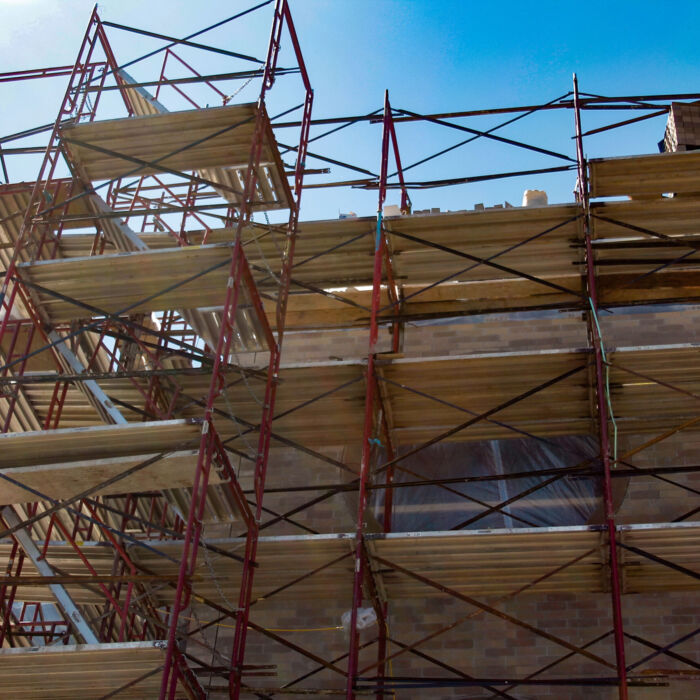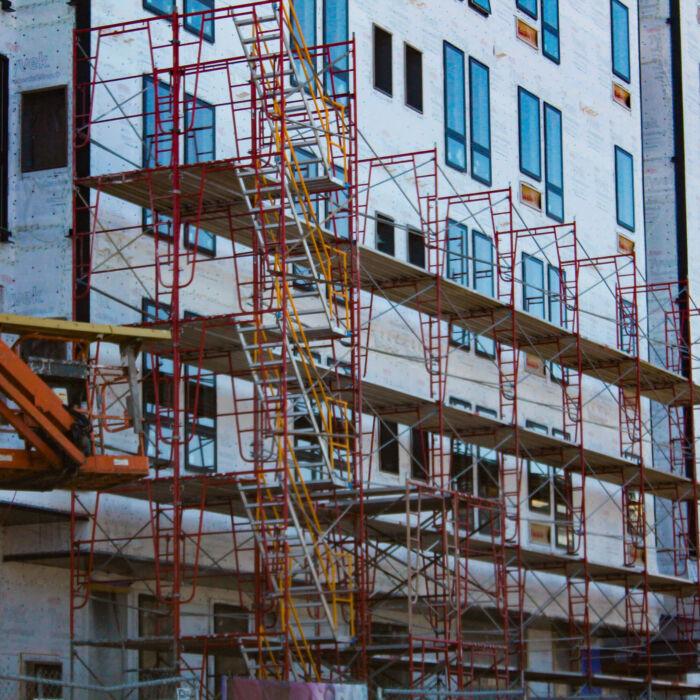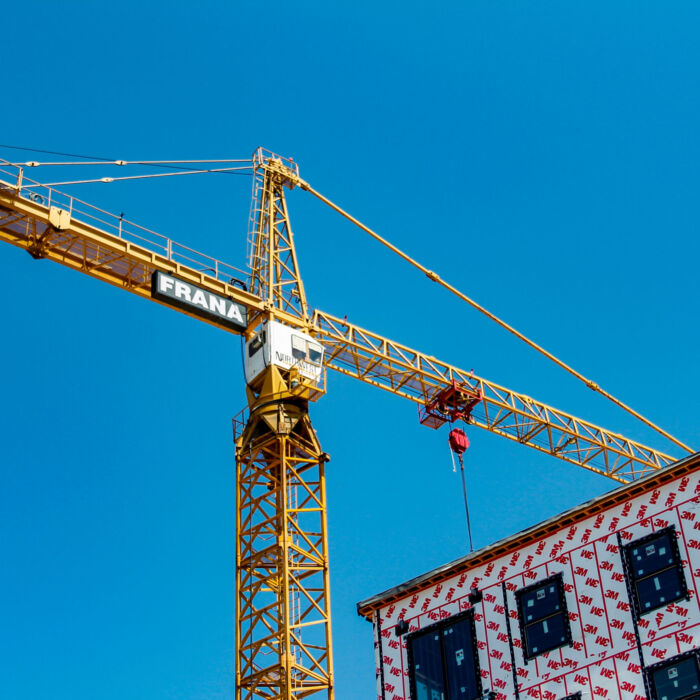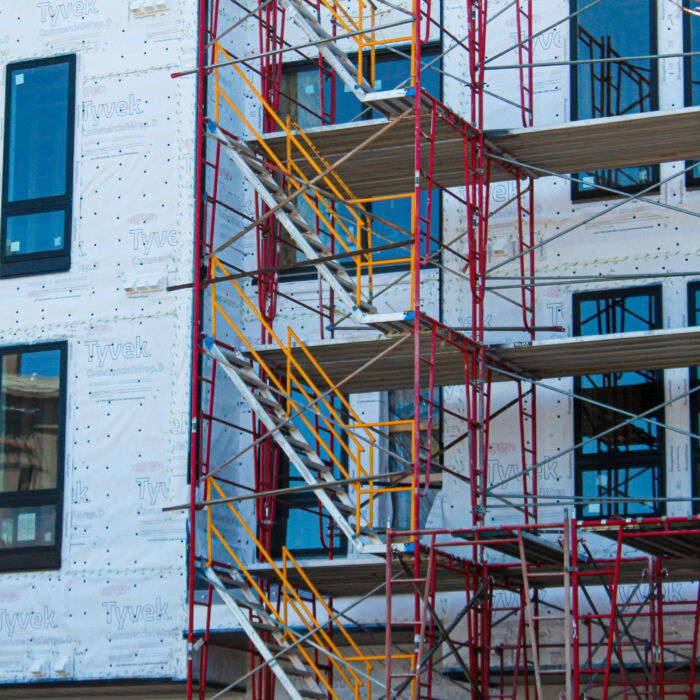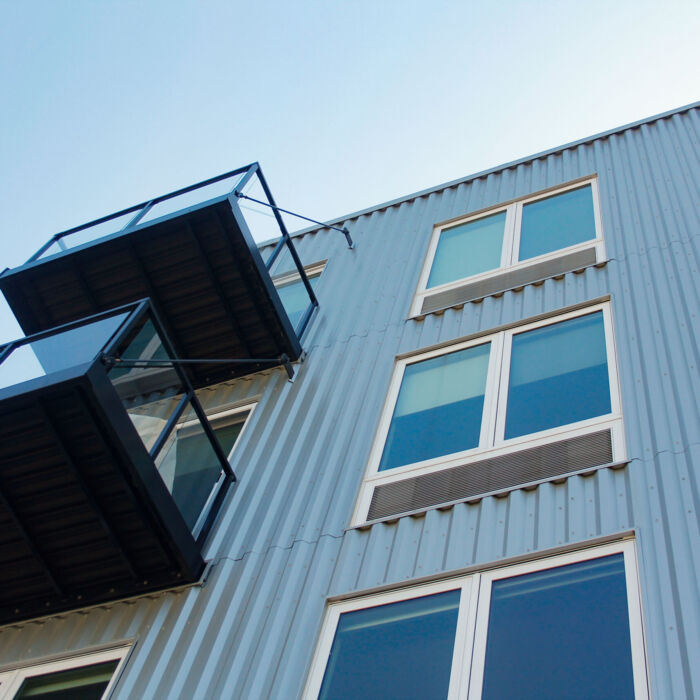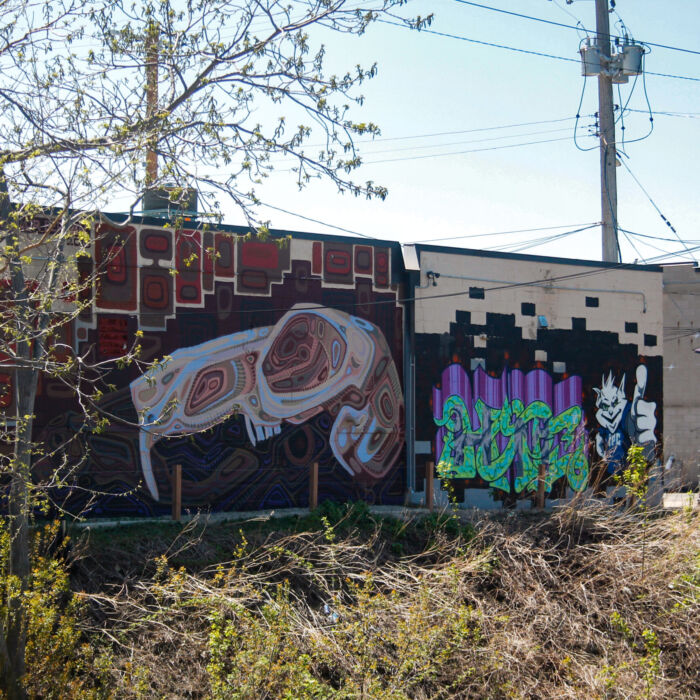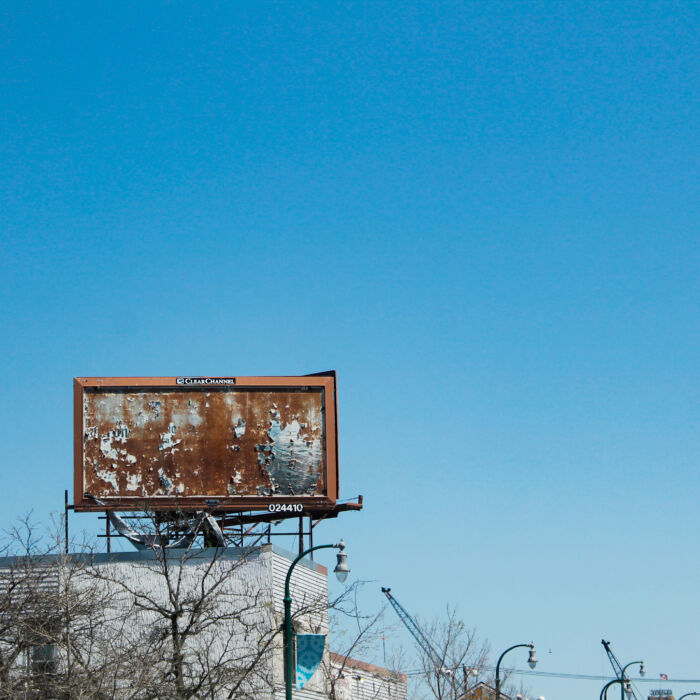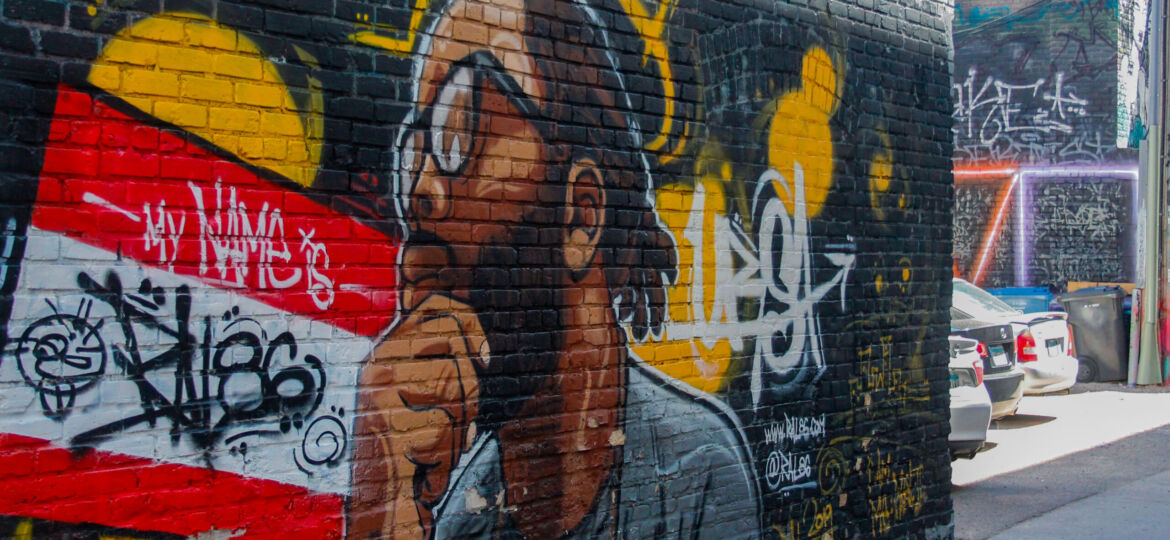
Gentrification in Minneapolis:
The murals and the construction sites next door
Murals act as documentation of a historically diverse community in Minneapolis, as it is now overrun with construction.

As Minneapolis, Minnesota reflects on the death of George Floyd, the historical gentrification of the city presents itself as a key component of conversations surrounding systemic racism.
The murals may be covered in white, but the colorful paint remains in the cracks of the bricks. The buildings may be torn down, but the paint chips will remain a part of the dust in the earth. The neighborhood’s history and culture must also remain.
I am from Minneapolis and previously lived in a neighborhood called Uptown. This neighborhood was home to artists, athletes and musicians. Uptown was also known for its affordability, diverse culture and sense of community.
In the past years, much of this culture has been replaced by upscale and often pricier restaurants and apartment complexes, making for an unaffordable and unattractive environment for its artist and diverse family population to live.
It is a common trend among cities with a large population of artists to experience gentrification, as it attracts those who find a “vibrant” and “artistic” environment an enticing place to live, therefore bringing in more homebuyers and altering the cultural dynamic.
The University of Minnesota conducted a study of the gentrification of Minneapolis and St. Paul between 2000 and 2015. Their study was able to shine a light on the causes and effects of gentrification of the city, along with getting powerful information from those who live there.
The study found that between 2000 and 2015, housing costs increased by 31% in gentrifying neighborhoods compared to 13% in non-gentrifying neighborhoods – an 18% difference.
Common themes among those interviewed in the study included the “presence of whiteness, housing affordability, business turnover and displacement fears.”
Community leaders consistently claimed “that displacement, both physical and cultural, is happening and is disproportionately affecting people of color and people with low incomes.”
When exploring the gentrification of Uptown, graffiti and murals around the neighborhood provide a glimpse of its previous inhabitants. Colorful pieces of art fill the alleyways and the walls of buildings. These images depict powerful men and women of color alongside poetic statements. By photographing these murals with the juxtaposition of construction sites around Uptown, I portray the idea and essence that while these new buildings and businesses threaten to demolish its diverse and inviting culture to families and artists alike, these murals act as documentation of the neighborhood’s history.
In response to systemic racism and police brutality happening in Minneapolis and around the country, it is important to acknowledge the significant historical and cultural shifts that directly impact these communities.
Members of all communities should continue to educate themselves and others around them while having conversations regarding issues of systemic racism. These Minneapolis murals prove to us that history cannot simply be painted over; it requires discussion and action.


